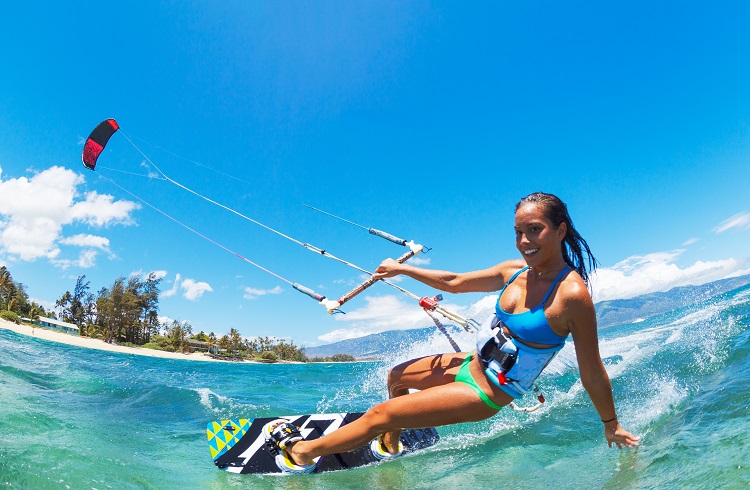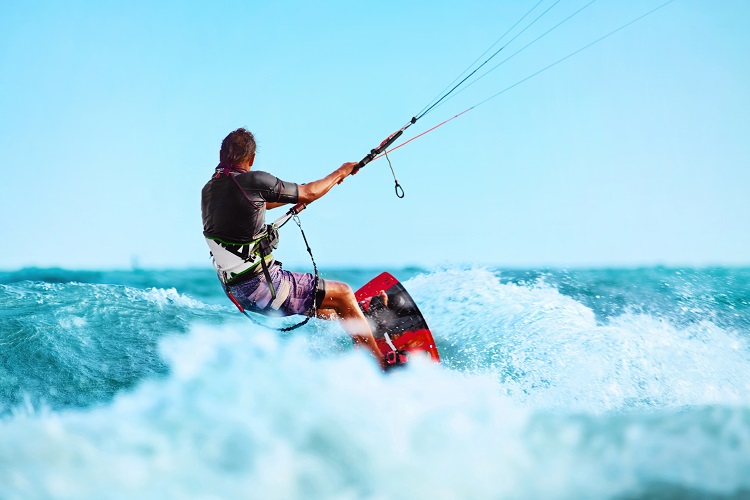Kiteboarding Safely, 6 Keys
5 Jun 2017 For venturavan. In Sin categoría Comments (0)
Kitesurfing can be much safer if certain rules are respected and some recommendations are taken into account. Do not forget that, although it does not seem like it, it is still an extreme sport.
Keys to Enjoy a Safe Kite Session
1- Check your equipment
It is very important that your team is the right one for your level of experience. The kite must be of the appropriate size, that suits your weight and also the force of the wind that will have to face. Investing in a new equipment would be ideal but if you are going to buy a used one, it should not be more than 5 years old. You have to check it out very well. Make sure the kite does not have large patches and controls that all other parts are in good condition.
2- Learn about the site
If you are new to the site try to get complete information on the conditions of the spot’s wind and if there are dangers such as reefs, jellyfish or rocky areas, before entering the water. Avoid leaving in unfavorable weather conditions or if it is already getting dark. It is possible that in a short time the weather will change and storm fronts approach. Beware of shallow water as there may be dangerous sandbanks. It is always better not to be alone just in case something happens and you need help.
3- Avoid accidents
To avoid accidents when lifting and landing the kite, it is better to have another kitesurfer nearby to help you in addition to verify if any of the lines are twisted. Extreme precautions must be taken in strong wind conditions. Be extremely careful with the lines of the kite if they are in tension. You can cut your fingers if they get tangled in them. It is better to cut the lines and not cling to the equipment to which you are in danger.
4- Rules to know
Keep a safe distance, without getting too close to boats, buoys and other objects that are around in the water. Give more space to beginners as they can lose control more easily. Using hand signals and rules of kitesurfing, knowing maritime regulations as rules of right of way and separation is something very important for the good of all.
5- Use security features
You should always use a safety strap, an impact protection vest, a helmet, a line knife and the mobile phone stored in a waterproof case. Remember to keep the equipment well and make a routine check to check the safety and detect any cracks before diving into the waves.
6- Learn with qualified people
If you are still a beginner it is advisable that you write in a school of kitesurf. Choose some whose teachers have the necessary certification and have appropriate equipment for teaching.






